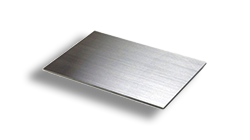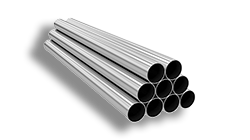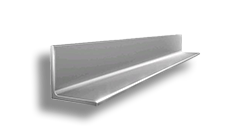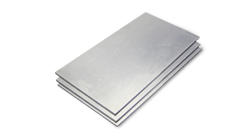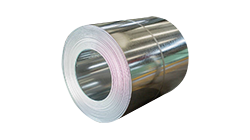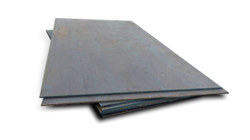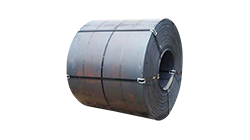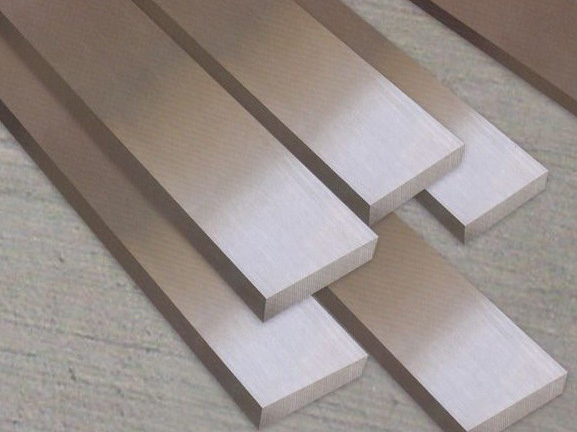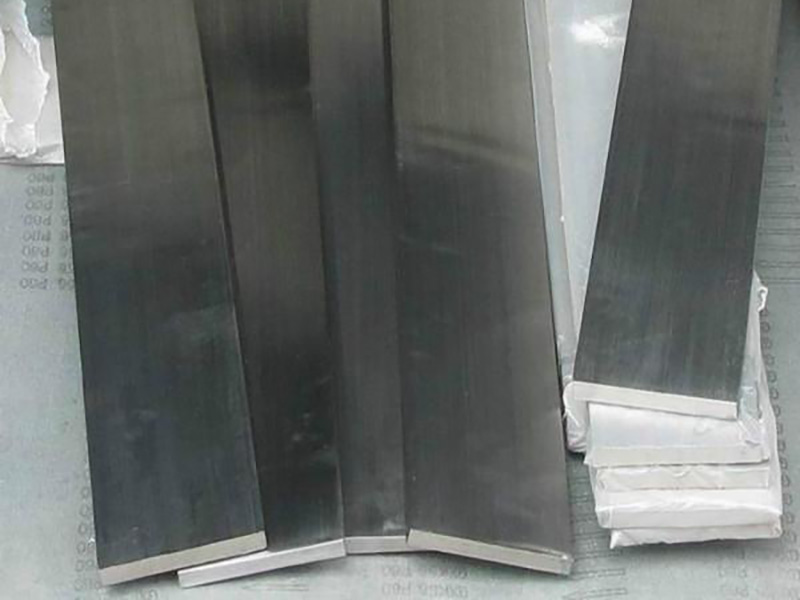People often ask that the shape of stainless steel I-beam and H-beam is similar, how to choose in practical application? Many people who have been in the construction industry for many years cannot explain it in detail.
Many people think that the I-beam is the domestic name, and the H-beam is the foreign name. In fact, this perception is wrong. H-beams and I-beams are different in shape. I-beam I-beams are mainly divided into ordinary I-beams, light I-beams and wide-flange I-beams. According to the height ratio of the flange to the web, it is divided into wide, medium and narrow wide flange I-beams. The specifications produced by the former two are No. 10-60, that is, the corresponding height is 10-60cm. At the same height, the light I-beam has narrow flange, thin web and light weight. The wide-flange I-beam is also called H-beam. The cross section is characterized by two legs parallel and no slope inside the legs. It is an economical section steel, which is rolled on a four-high universal rolling mill, so it is also called "universal I-beam". Ordinary I-beams and light I-beams have formed national standards.
Stainless steel I-beam, as the name suggests, is a kind of "I"-shaped section steel. The inner surface of the upper and lower flanges has an inclination, generally 1:6, which makes the flange thinner on the outside and thicker on the inside. The cross-sectional properties of the two main planes are very different, and it is difficult to exert the strength properties of steel in applications. Although thickened I-beams have also appeared in the I-beam market, the structure of I-beams has determined its short board in torsional performance.
Stainless steel H-beam is an economical cross-section high-efficiency profile with more optimized cross-sectional area distribution and more reasonable strength-to-weight ratio. It is named because its cross-section is the same as the English letter "H". Since all parts of the H-shaped steel are arranged at right angles, the H-shaped steel has the advantages of strong bending resistance in all directions, simple construction, cost saving and light structural weight, and has been widely used. H-shaped steel is a widely used profile in steel structure buildings today, and it has many differences compared with I-shaped steel. The first is the flange, and second, the inner surface of the flange has no inclination, and the upper and lower surfaces are parallel. The cross-sectional properties of H-beams are significantly better than traditional I-beams, channel steels and angle steels.
The inner side of the two outer sides of the stainless steel H-beam has no slope and is straight. This makes the welding and splicing of H-beams easier than I-beams, and has better mechanical properties per unit weight, which can save a lot of materials and construction time. The section of the I-beam is well subjected to vertical pressure and resistant to tension, but the section size cannot resist torsion because the wing plate is too narrow. H steel is the opposite, both have their own advantages and disadvantages.
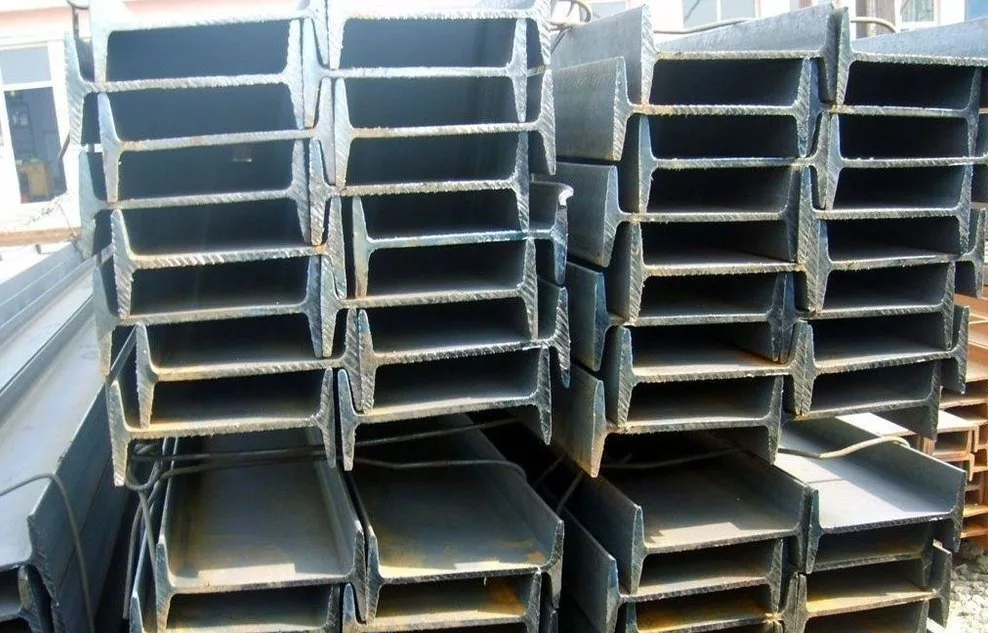
The difference and application description of H-beam and I-beam
1. Whether the I-shaped steel is ordinary or light, because the cross-sectional size is relatively high and narrow, the moment of inertia of the two main axes of the cross-section is quite different. Therefore, it can generally only be used directly on its web plane. internal bending members or form them into lattice-type stress members. It is not suitable for axial compression members or members with bending perpendicular to the web plane, which limits its application range.
2. H-beams are high-efficiency and economical cross-section profiles (others include cold-formed thin-walled steel, profiled steel plates, etc.). Due to the reasonable cross-sectional shape, they can make the steel more effective and improve the cutting capacity. Different from ordinary I-shaped steel, the flange of H-shaped steel is widened, and the inner and outer surfaces are usually parallel, which can facilitate the connection with other components with high-strength bolts. Its size constitutes a reasonable series, and the models are complete, which is convenient for design and selection (except for I-shaped steel for crane beams).
3. The flanges of stainless steel H-beams are all of equal thickness, there are rolled sections, and there are also combined sections composed of three plates welded. The I-beams are all rolled sections. Due to poor production technology, the inner edge of the flange has a slope of 1:10. The rolling of H-shaped steel is different from ordinary I-shaped steel with only one set of horizontal rolls. Because its flange is wide and has no slope (or small slope), it is necessary to add a set of vertical rolls to roll at the same time. Therefore, , its rolling process and equipment are more complicated than ordinary rolling mills. The maximum height of rolled H-shaped steel that can be produced in China is 800mm, which can only be welded combined section.
4. The side length of the stainless steel I-beam is small and the height is large, so it can only bear the force in one direction.
5. The H-shaped steel groove is deep and thick, and can withstand forces in two directions.
6. With the development of steel structure buildings, only I-beams are not enough, that is, thickened I-beams, which are easy to lose stability when used in load-bearing columns.
7. I-beams can only be used for beams, while H-beams can be used for structural load-bearing columns.
8. H-shaped steel is an economical cross-sectional steel with better mechanical properties than I-shaped steel. It is named because its cross-sectional shape is the same as the English letter "H". The flange of the hot-rolled H-beam is wider than the I-beam, with greater lateral stiffness and stronger bending resistance. Under the same specification, the theoretical weight of H-beam is lighter than that of I-beam.
9. The flange of the I-beam is thicker near the web and thinner on the outside. The flange of the H-beam is of constant section.
10. HW, HM, and HN are the general names of H-beams, and H-beams are welded. HW, HM, HN are hot rolled.
11. HW means that the height of the H-shaped steel and the width of the flange are basically equal. It is mainly used for steel core columns in reinforced concrete frame structure columns, also known as stiff steel columns. It is mainly used for columns in steel structures.
12. HM is the ratio of H-shaped steel height to flange width is roughly 1.33~1.75. Mainly in steel structures: used as steel frame columns, and used as frame beams in frame structures bearing dynamic loads. For example: device platform.
13. HN is the ratio of H-shaped steel height to flange width greater than or equal to 2, mainly used for beams. The use of I-beam is equivalent to that of HN-beam.

